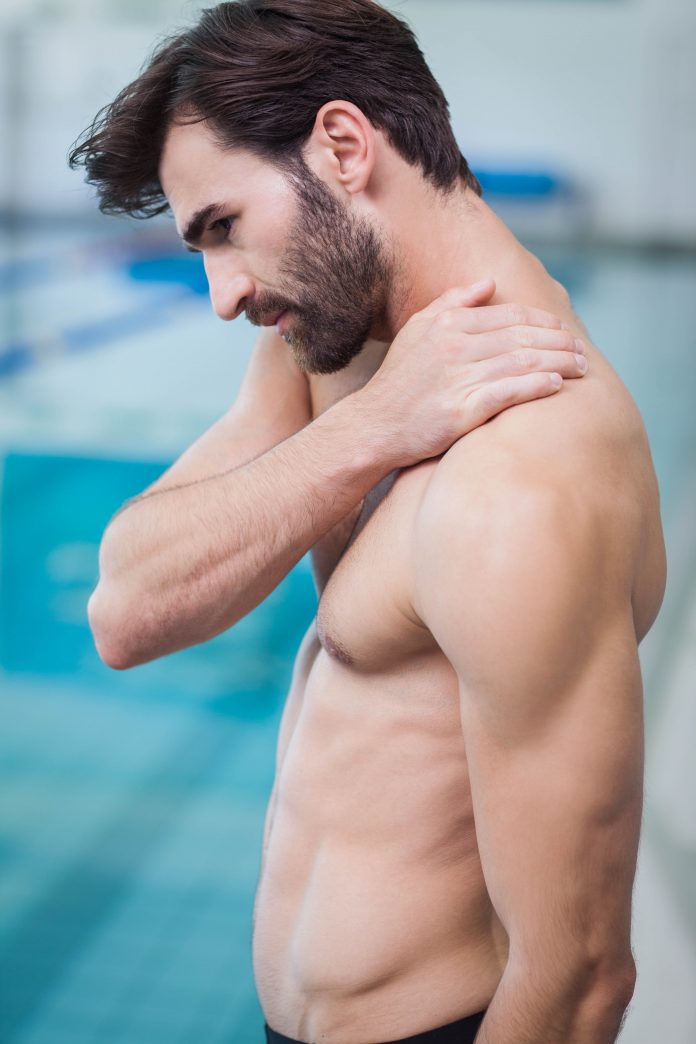Swimming is a demanding sport, with early mornings, long training hours and a highly competitive nature. Many injuries can be sustained, but by far the most common is shoulder pain, which is not surprising considering the heavy upper body reliance and repetitive movements involved. It is estimated that up to 91% of swimmers will experience shoulder pain at some stage.
How does it present?
This pain will most commonly start gradually, usually part way through a training session, and get increasingly worse. It is often felt at one part of the stroke, commonly when the arm is above the head or pulling through the water. The pain will typically go away shortly after ceasing swimming or stop instantly. The pain can be hard to pinpoint but is usually felt somewhere around the joint or the upper arm.
What is causing it?
Many things can contribute towards this pain. Improper technique, high volumes of training, weakness, poor flexibility just to name a few. Trying to identify the painful structure is often difficult and redundant. X-rays, ultrasounds and even MRIs will often show a “normal” shoulder. Even if a structure could be identified, it is rarely the culprit and more often the victim. What is more important is to assess is your biomechanics. Assessment of your neck, shoulder, shoulder blade, thoracic spine and core, and looking at mobility, strength and position will usually reveal some imbalances that require attention to give you pain free movement. Of particular interest are the muscles surrounding your shoulder blade, which stabilise and move your shoulder blade during upper limb movements.
How can it be managed?
Once a thorough assessment of your shoulder is conducted, you will be given exercises to do to address your particular issues. These will likely involve stretches, strengthening exercises, and mobility work. Movement training, strapping and manual therapy may also aid your recovery. However, as with most things, the best management is prevention. All swimmers should supplement their swimming training with excellent land-based training. This should involve, as a bare minimum, rotator cuff strengthening, scapulothoracic muscle strengthening, core strengthening and stretching – particularly of the pectoral muscles.







































